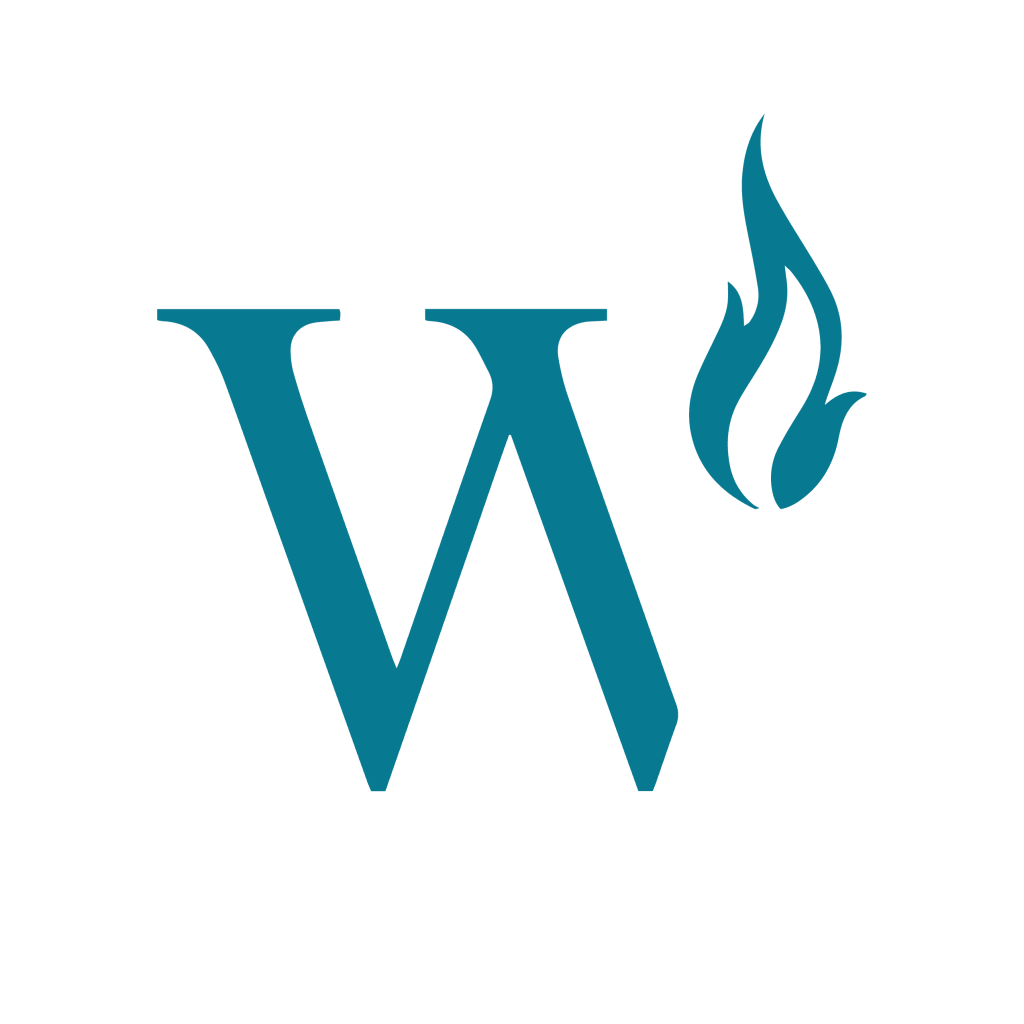The Shock of the Image
One of the most controversial matters in the media today is the decision to publish, or withhold, violent and disturbing photographs while reporting tragic events.
By Balkan Diskurs
July 15, 2016
Written By: Ayla Heder and Bridget Granger, Interns at the Post-Conflict Research Center (PCRC)
On Thursday, June 30th, WARM Foundation hosted a conference entitled “The Shock of the Image: does it inform?” which included discussion on the manner in which violent events are portrayed in the media.
The conference featured Enrico Dagnino (Photographer), Bernandino Hernandez (Photographer), Jérôme Huffer (Head of photography department at Paris Matchmagazine), Paul Lowe (Photographer & Course Director of the Masters Programme in Photojournalism & Documentary Photography at London College of Communication), and Enric Marti (Associated Press Chief photographer for Latin America & Caribbeans).
One of the most controversial matters in the media today is the decision to publish, or withhold, violent and disturbing photographs while reporting tragic events. This controversy was the crux of discourse throughout the conference, and spawned discussion from the five panelists about what they believed to be the most effective way to show violence in the media.
Lowe initiated the dialogue by speaking about the importance of ethics and responsible decision-making on the part of news Editors-in-Chief. He emphasized the obligation of the press to accurately inform the public, and carefully select images that avoid turning the subject(s) into an icon. This is especially true if the individuals emerge as a symbol for something they do not believe in or support. Hernandez expanded the discussion by asserting his belief that the media has a tendency to trick the public into believing certain things or people are “good” or “bad.” This phenomenon is harmful for media consumers because it has the propensity to distort the truth, especially in the minds of children.
Another topic that was stressed by panelist Marti, was the ubiquity of a “double standard” that exists in Western photojournalism. The double standard was defined as a type of incongruous ethical representation of certain religious and ethnic groups. For example, it is rare to find published images of limbless, blood-sodden bodies of Americans, Britons, and Frenchmen in major news sources. It is not uncommon, however, to find violent images of third-world citizens strewn about media publications.
Huffer brought a particularly interesting context to the discussion. He exclaimed that, “An image should make people angry at the event and not the people in the image”. Balance, context, and distance are always structures photojournalists have to take into account. When editors discuss if an image should be published or not, they try to find the balance in how the photograph will convey emotion. This is a difficult task however, because how someone reacts emotionally to a photograph varies greatly.
This led to a debate between the panelists as well as audience members. Huffer defended his stance on not publishing a photograph of an attack in France even though the image was all over social media. Many people in the audience argued that they had a right to be informed. Huffer exclaimed because they could not get validation of who and when the image was taken – it could not be published. The discussion continued with several questions about publishing images to inform the public.
Photojournalists and editors have to make very difficult decisions and take into account many contexts when deciding whether or not to publish violent and disturbing photographs. These professionals each brought their own unique perspectives to the panel. Does it inform? No definite conclusion was made as it is greatly based on one’s own opinion and personal experiences in photojournalism.
—
Organized by the War Art Report and Memory Foundation (WARM), in collaboration with the Post-Conflict Research Center (PCRC), the WARM Festival brings together artists, reporters, academics and activists around the topic of contemporary conflict.
http://www.balkandiskurs.com/en/2016/07/15/the-shock-of-the-image/
